Please note: since this article was written, Astro-Video Systems is no longer accepting orders for any of its existing analogue camera product lines (DSO, MKIV and APU-1) which are being discontinued. The following is for reference only.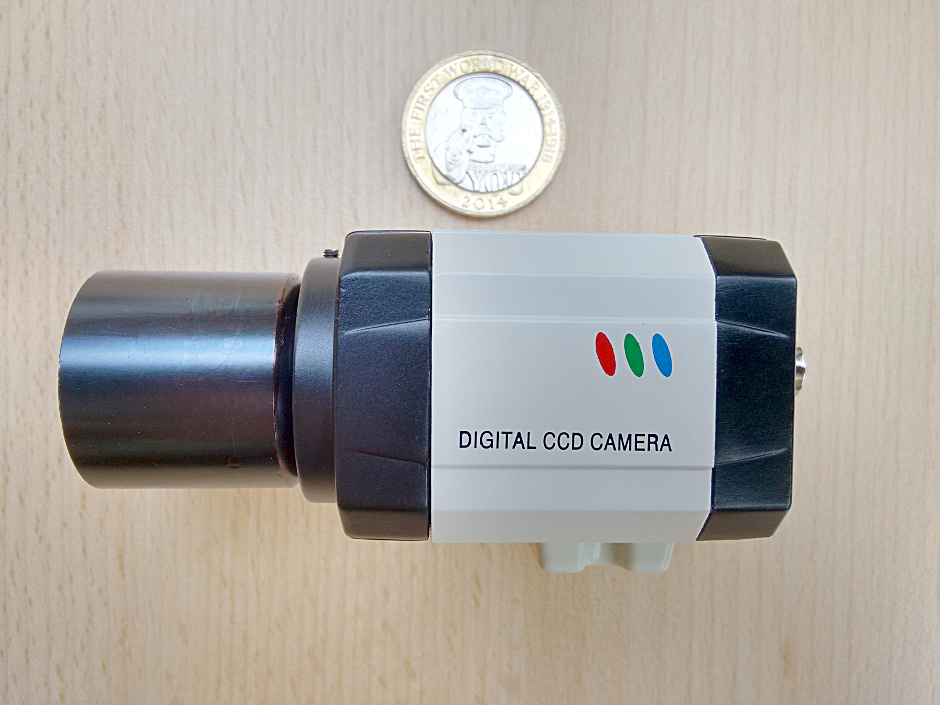
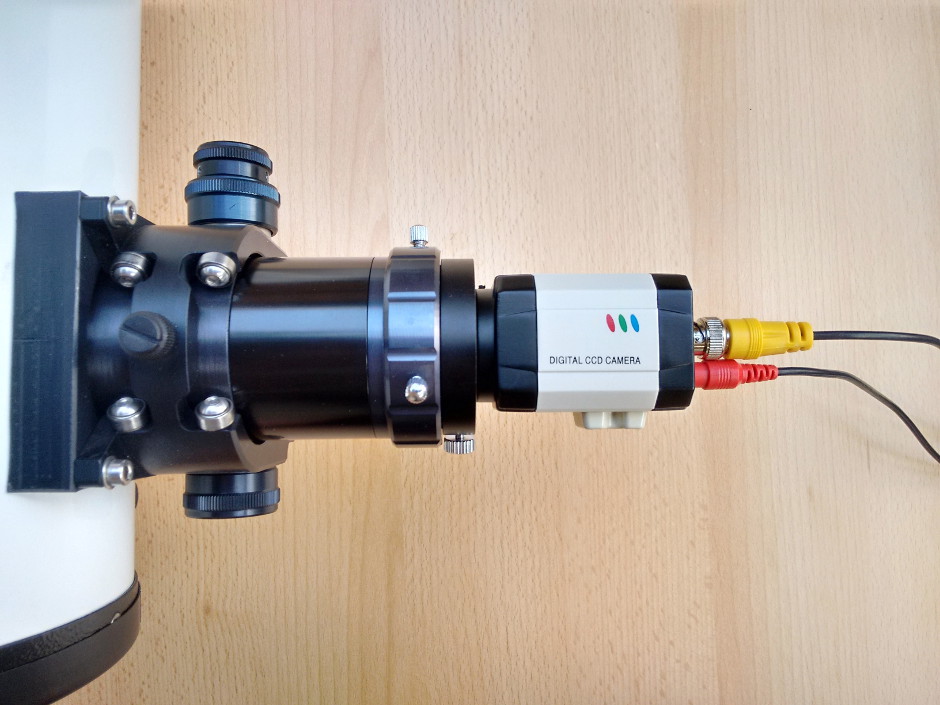
One of the fastest growing and innovative companies in this sector is Florida-based Astro-Video Systems (AVS), the brainchild of astronomer and electronics guru Matt Todor. In common with many of us, Matt lives under heavily light-polluted skies and found the ‘instant gratification’ of astro-video very appealing. His first production model appeared in 2012 and AVS currently offers three lines of high-performance cameras, with more in development. The DSO-1 is a high-gain, low noise and long integration video camera that received a design upgrade in 2015 and is currently on sale for $109 (as of early July 2015). We chose to review the DSO-1 as it is custom modified both in hardware and firmware based on proprietary AVS work.
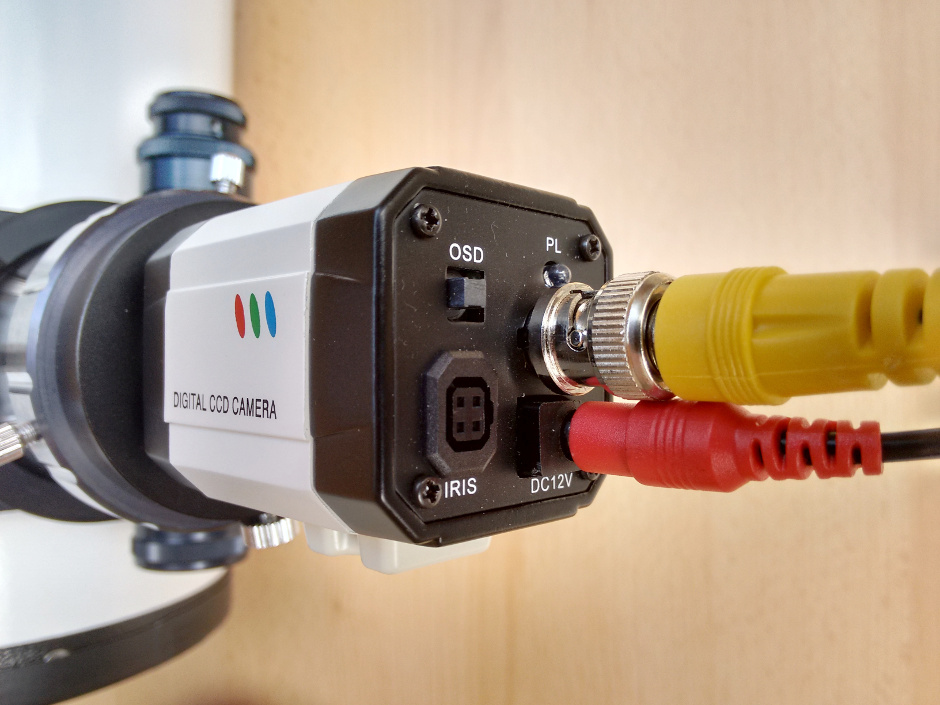
Ordered from the US via the AVS website (www.astro-video.com), the DSO-1 arrived at my UK home just eight days later via $24 USPS Priority mail. The camera is very well made and gives every impression of a quality product throughout. All AVS cameras carry a one year limited parts and labour warranty, plus you can trade in your old model if upgrading. Since I already had a twin BNC video and DC power cable with all the necessary adaptors, I opted for the basic $109 camera body. For a number of complete DSO-1-based packages that include all cables and adaptors that are described in detail on the website, prices range from $179 to $279.
Weighing just 140 grams (5oz) and with overall dimensions of 75mm × 45mm × 42mm, the DSO-1 is light and tiny — so small, in fact, that it could slip inside a two-inch focuser. This is a fact not lost on AVS, who have developed an ingenious adapter called the INFOCUS that makes the camera compatible with virtually all Newtonians/Dobsonians without having to re-engineer the primary cell to move the main mirror forward, as is often the case when using a visual reflector for astrophotography. (Most refractors have sufficient back focus, while catadioptrics — Schmidt– and Maksutov–Cassegrains — offer an almost infinitely variable focal plane.)

AVS’ comprehensive and well-illustrated 24-page user manual states that at the heart of the DSO-1 is a highly sensitive Type 1/3 Sony EXview HAD CCD II sensor measuring 4.9mm x 3.6mm, offering a 976H by 582V pixel matrix (PAL version). Each pixel is 5.0 microns (H) by 6.25 microns (V), comparable in size to those used in DSLR APS-C sensors. The internal camera processor is a 32-bit ARM-based DSP with 8MB RAM. Shutter speeds from 10 microseconds to 1/50th of a second for lunar and planetary imaging, or internally frame-stacked exposures up to 100 seconds (PAL) for deep-sky viewing are possible. The DSO-1 has no infrared cut filter for the maximum spectral response from 390nm to 1000nm.
In common with most IVCs, the camera’s myriad features are configured on-screen via a series of hierarchical menus. These are accessed by pressing the multi-function OSD ‘joystick’ button on the back of the unit, or remotely via a cable or Bluetooth adaptor (available separately). These settings can be saved for future use even when the camera is powered off. While learning how to perform these fingertip set-up functions while watching an adjacent screen or monitor is a quick process, in practice the joystick button is fiddly to operate. Besides, remote control eliminates camera shake during configuration.
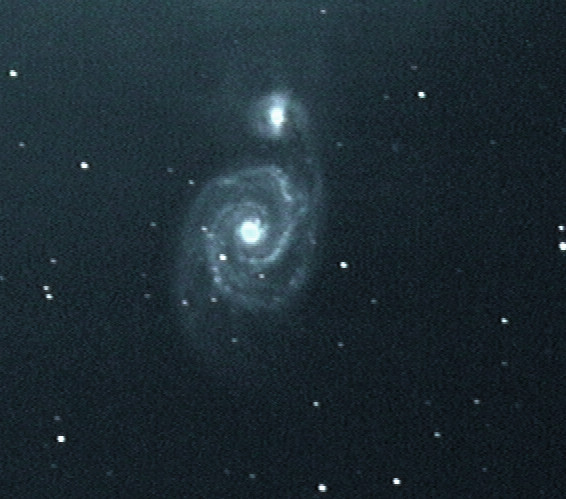
One feature that sets this camera apart within its price bracket — and one that I was most eager to test — is its ability to not only automatically stack up to 1,024 fiftieth of a second frames for a total exposure of about 20 seconds (PAL format), but then to automatically stack up to five of these 20-second integrations using a dark frame subtraction process to remove hot pixels and reduce image noise. This is a function called INTMUL, or 3D digital noise reduction. The result is up to a 100-second exposure (PAL format) in full colour with a wide dynamic range.

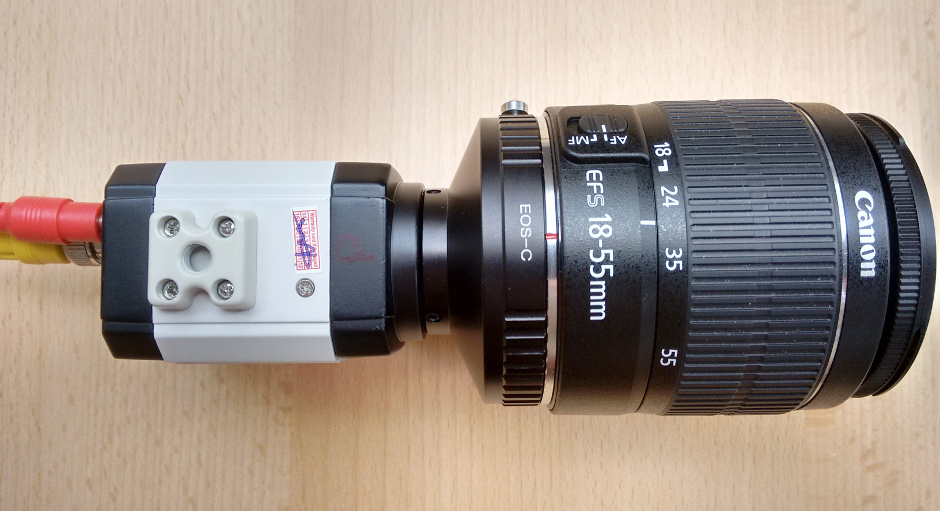

AVS director Matt Todor has created a valuable online repository of help and advice through a dedicated Yahoo! Group, which also serves as a vibrant community hub for AVS equipment users. Here you can find product user manuals, software, plus hints and tips galore to get the most out of your camera. It is well worth the free admission.
I only wish that I had more time to explore the lunar and planetary imaging capabilities of this fully-featured camera, but the online user galleries of the AVS Yahoo! Group eloquently testify to the DSO-1’s capabilities in this regard. I for one feel compelled to do far more deep-sky astro-video work thanks to the ease of set-up compared to astro-imaging with a DSLR, plus the ‘instant gratification’ factor of video cannot be underestimated.
Former integrating video camera users will find this camera easy and intuitive to configure and use, but even novices will be up and running in no time thanks to AVS’ excellent documentation. Video output had excellent suppression of internal noise and amp glow given that it was not particularly cold, showing that the impressive 3D digital noise reduction really does work well. The DSO-1 is supplied without filters to ensure maximum sensitivity, so you will need to invest in an infrared cut filter if you intend to use it with most refractors.
Conclusions
The AVS DSO-1 represents excellent value for money — easy to set up, great fun to use and extremely versatile. For the price of a modest eyepiece you can own a device that will show you colour deep sky objects in virtual real time from the comfort of your living room (if you have a sufficiently long cable!) in far more detail than you could possibly see visually with a telescope of twice the aperture. Or you can display the Moon and planets in crisp 700TVL horizontal resolution on a screen to groups of people simultaneously — a boon to astronomical societies or educators. The DSO-1 Video camera has multiple uses bounded only by your imagination and may bring the wow factor back to your public viewing sessions.
Specification:
Sensor: Type 1/3 Sony EXview HAD CCD II
Sensor dimensions: 4.9mm x 3.6mm
Resolution: 976H by 582V pixel matrix (PAL version)
Pixel dimensions: 5.0 microns (H) by 6.25 microns (V)
Output: BNC composite video
Power requirements: 12V DC
Price: from $109 (camera body only)
For more information: astro-video.com
Please note: since this article was written, Astro-Video Systems is no longer accepting orders for any of its existing analogue camera product lines (DSO, MKIV and APU-1) which are being discontinued.



